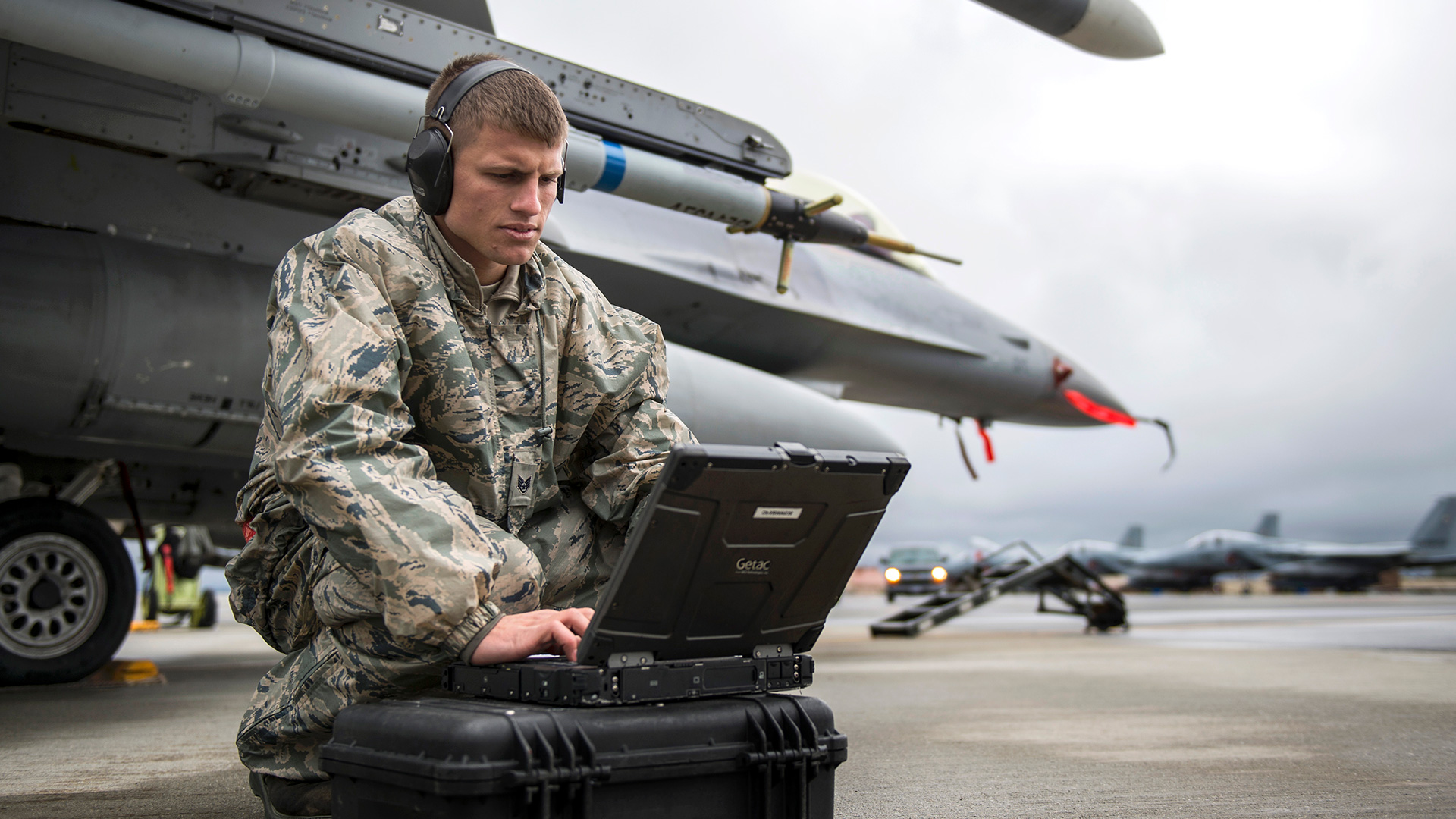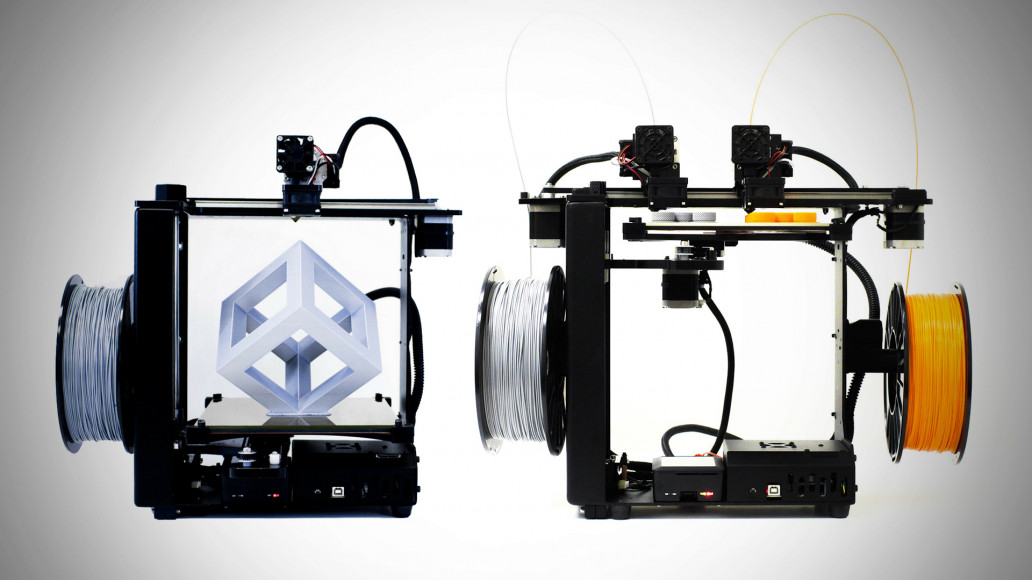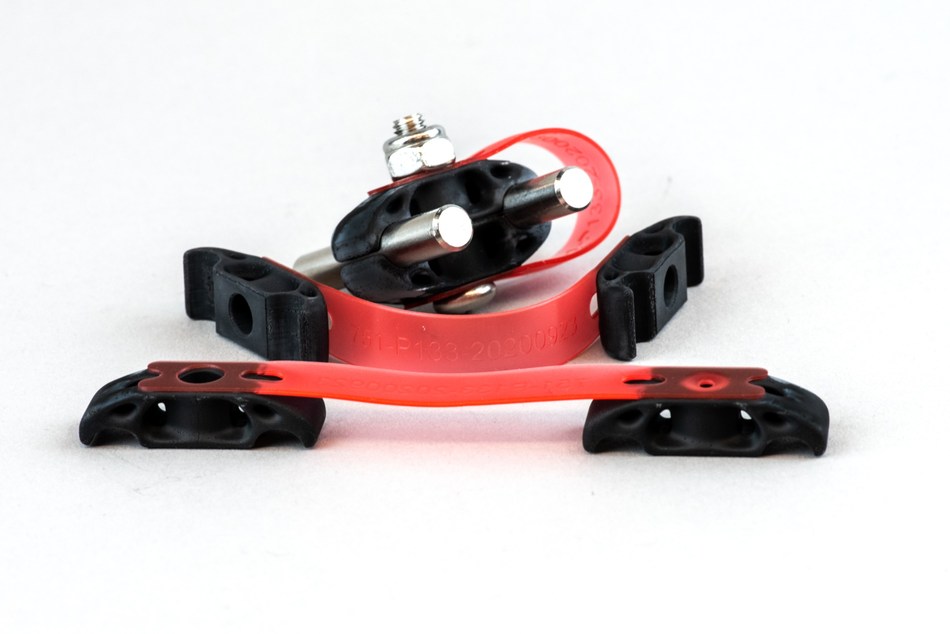The U.S. Air Force Rapid Sustainment Office (RSO) has announced the conclusion of its first Advanced Manufacturing Olympics (AMO), with five technical design challenge winners and a total of nearly $1M in prizes.
The virtual event, which took place from October 20 – 23, brought together a whole host of industry experts, academics, and government personnel to witness the potential of advanced manufacturing, including 3D printing, in the defense sector. Aside from the technical challenges, the conference comprised a number technology demonstrations, presentations from high-profile speakers, and virtual networking segments.

What were the technical challenges trying to achieve?
The five challenges were ultimately intended to solve some of the issues faced by the Air Force when trying to implement additive manufacturing into its sustainment projects. A total of 64 teams from startups, large companies, and universities participated, each showcasing their solutions to real-world problems.
Nathan Parker, Deputy Program Executive Officer for the RSO, explains: “The Technical Challenges were designed to spark innovation, collaboration and technological evolution in advanced manufacturing and push the boundaries for the U.S. Air Force. The teams who competed all showed incredible innovation and passion for solving these barriers in the Air Force’s ability to realize the full benefits of advanced manufacturing.”
The prize pot for the Olympics stood at just under $1M, with five first place teams taking home $100k each, second place teams taking home $50k, and third place teams taking home $40k. The capital will be used to further develop the winning ideas and the challenges were judged by a panel of 25 subject matter experts.
The first place technical challenge winners
The first challenge was the Technical Data Package Relay, which saw teams accurately recreating 3D printed parts for use on the field from existing TDPs. Desktop 3D printer manufacturer MakerGear took first place for its on-the-fly 3D printing efforts using a MakerGear M3 FDM system and Natural PLA filament.

The second challenge, the Box of Parts Floor Exercise, was more geared towards 3D scanning and reverse engineering. Teams were tasked with automating a hands-free scanning system to reverse engineer broken military components with no existing drawing packages. Wichita State University earned the top prize for its high-accuracy scanning system utilizing the Faro 8-Axis Quantum5 FaroArm and FAROBlu 3D scanner.
Next up was the Material Hurdles challenge, which involved identifying and demonstrating new aluminum alloys for use with additive manufacturing systems. 3D printing materials specialist Elementum 3D took first place for suggesting the use of high-strength 7050 RAM2 aluminum powder on an EOS M290, replacing the more stress crack-prone 7075 powder.
The fourth challenge, Approval Sprints, saw teams redesigning and 3D printing a polymer replacement part for rapid deployment on an F-16 jet, operating on a timeline that is usually unheard of in the Air Force’s sustainment projects. Stress Engineering Services, Origin, and nTopology shared first place for delivering an optimized DLP clamp design. The team used a data-driven AI approach, which provided daily part, material, and process improvements via a feedback loop.

The final challenge was the Supply Chain Marathon, where teams proposed supply chain management strategies for delivering 3D printed military parts on time and within budget. The grand prize was taken by SIMBA Chain, a blockchain service platform, for demonstrating how its comprehensive theoretical ‘Rapid Additive Manufacturing Lab’ could be used to support military sustainment efforts. The lab would contain all the equipment and resources necessary for the 3D printing of aircraft components, runway repair parts, and even PPE.
Design challenges in additive manufacturing
Design challenges, which are commonly held in the 3D printing industry, drive innovation with a sense of competitiveness. Just last month, the 35 finalists for the 2020 3D printing purmundus challenge were revealed. Each of the designs showcases a “harmony between geometry and materials”, with concepts centered around medicine, 4D printing, robotics, kinematics, aerospace, sporting goods, and even food.
Elsewhere, the U.S. National Additive Manufacturing Innovation Institute America Makes recently launched a ‘direct call-to-action’ challenge, together with the Air Force and GE Research. Dubbed the Open Source-Additive Scanning Implementation Strategy (OASIS) Challenge, it has a prize pool of $68,000. OASIS invites participants to submit innovative open-source scan strategy codes, algorithms, and methods to aid in the advancement of powder bed fusion technology.
Subscribe to the 3D Printing Industry newsletter for the latest news in additive manufacturing. You can also stay connected by following us on Twitter and liking us on Facebook.
Looking for a career in additive manufacturing? Visit 3D Printing Jobs for a selection of roles in the industry.
Featured image shows a member of the Air Force on an air strip. Photo via USAF RSO.


